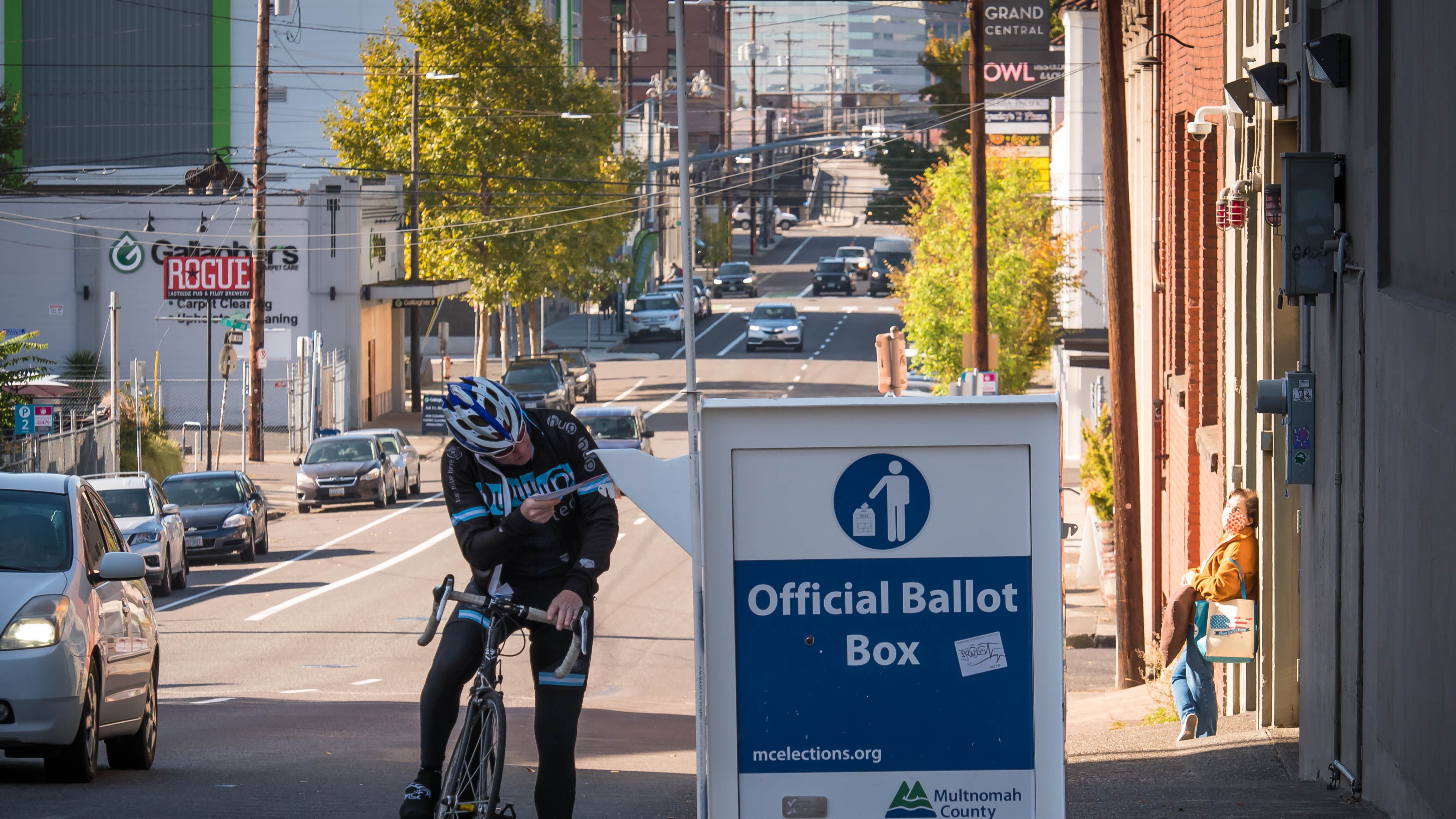Voters are showing tepid interest in the May 17 primary so far, having returned just 13% of ballots through May 11. Multnomah County voters are even less engaged, having returned just 10.2% of ballots.
In the past two midterm primaries, total returns averaged 35% of ballots. The percentage has declined over time because of Oregon’s motor voter law, which automatically registers people to vote when they obtain or renew driver’s licenses. Automatically registered voters tend not to affiliate with a party and vote far less frequently than registered party members, which has the effect of lowering the percentage of ballots returned.
Even so, the absolute number of ballots returned so far is lower than in 2018. With four business days remaining until election day that year, 390,067 voters had returned their ballots. Through May 11, 2022, just 382,401 voters have returned their ballots, even though the number of registered voters in Oregon has increased 284,000 since May 2018.
In other words, the number of voters increased about 11%, but the number of ballots returned through the fifth day prior to counting declined.
One factor might be a new law that changed how late elections officials will accept ballots. In previous elections, voters had to get their ballots to a dropbox by 8 pm on election day in order for them to be counted. The new law requires officials to tally all ballots postmarked by election day.
That could delay the determination of results in close races.
“With this new law, we don’t know how many on-time ballots will arrive after election day,” says Ben Morris, a spokesman for Secretary of State Shemia Fagan.
“Yamhill has conducted two special elections using the postmark rule,” Morris adds. “In one election, 1.2% of on-time ballots arrived after election day. In the other, it was 3.2%. In Washington, which has had a postmark rule for more than 20 years, 10% arrived after election day in the most recent, comparable election. In some of their elections, the numbers are higher. The bottom line is we don’t know what will happen.”
One other wild card: ballot problems in Clackamas County, the state’s third-largest county. Last week, Clackamas County Clerk Sherry Hall reported that on an initial run of 125 ballots, counting machines rejected 70 or 80 of them because a printing error made the bar codes unreadable.
In an update to the Clackamas County Board of Commissioners on May 12, Hall said ballots were printed on the wrong kind of paper. She described a solution in which a two-member team, with one Democrat and one Republican, would duplicate ballots so they could be machine tallied. Dozens of county employees have volunteered to help Hall’s office, but there are likely to be 100,000 or more Clackamas County ballots.
“It could delay our process,” Hall told commissioners. She couldn’t say when all ballots would be counted but promised her staff would meet the statutory deadline to certify results: June 13.
Morris says Fagan’s office is aware of the situation in Clackamas County but could not say how much extra time the manual duplication of ballots will require. “County officials will prioritize doing their work correctly over doing it quickly,” Morris says. “We can say that there is no reason to believe they will have any problem certifying the election before the statutory deadline.”

